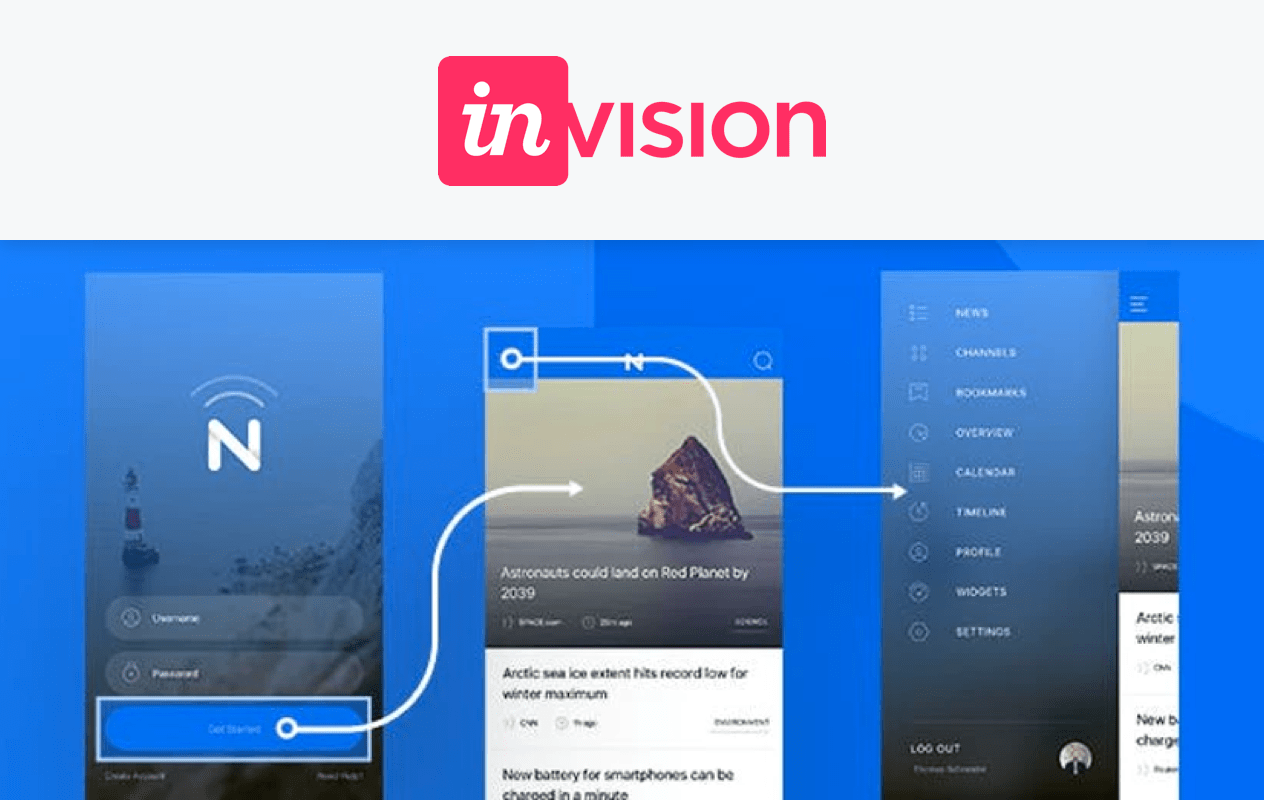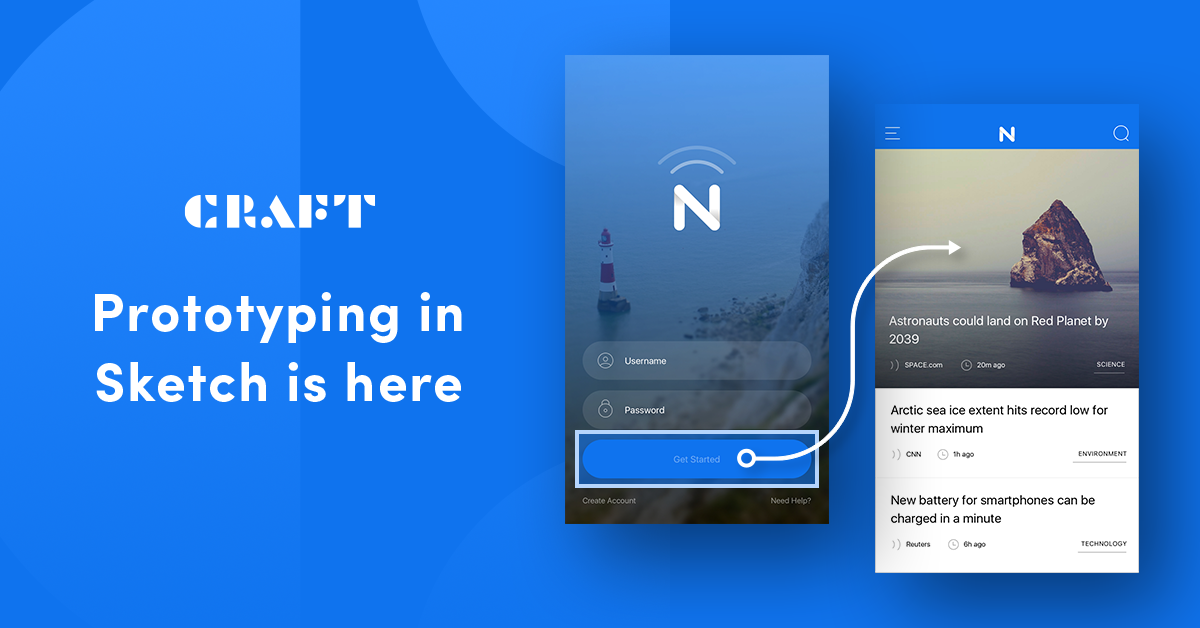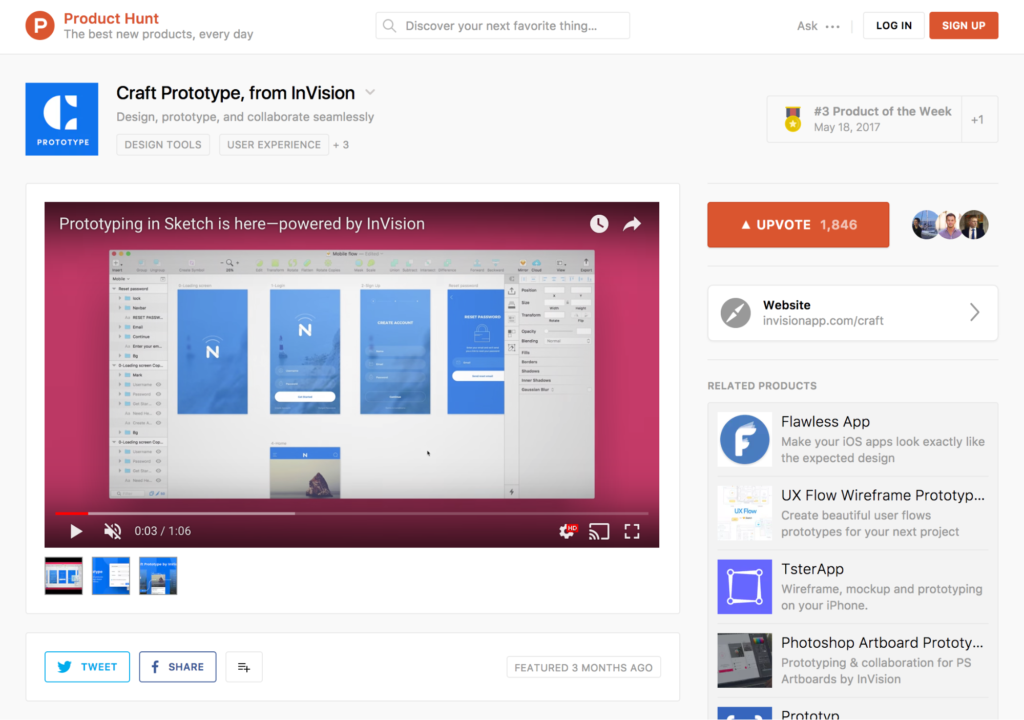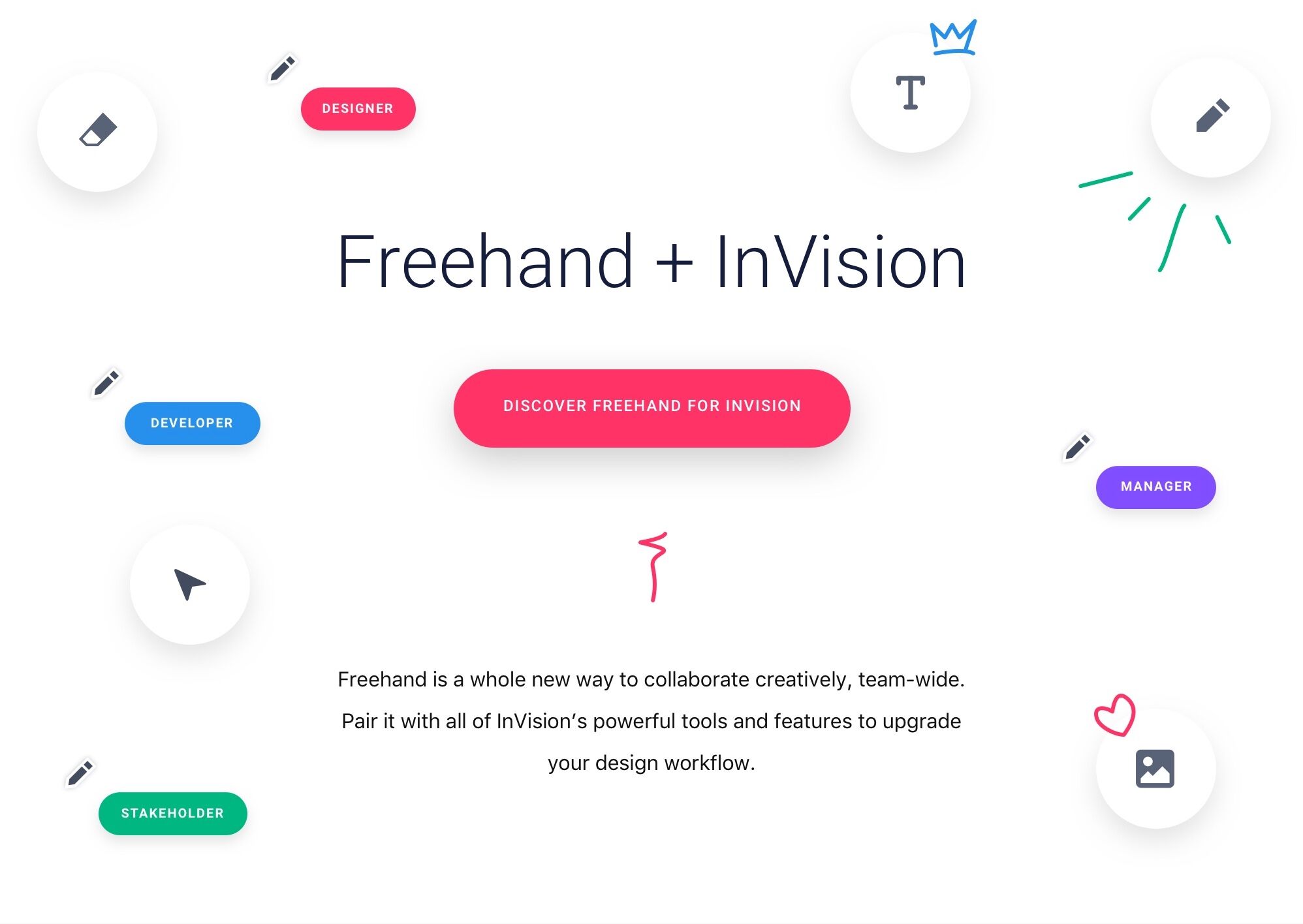From concept to launch: How InVision executes marketing campaigns #withAsana

Building products for the web is a complicated process. So is marketing them. InVision is tackling both by building and marketing software that enables their customers to build and prototype products—all while focusing on design. Their suite of software includes prototyping tools, design collaboration tools, and more.
On the marketing side, their efforts focus on feature launches and user education, spanning landing pages, emails, social, and content. Their campaigns are an example of carefully thought-out, effective integrated marketing, and always reflective of their design-centric brand.
There are two keys to InVision’s successful campaigns: their team and thorough process. We talked to Mike Waecker, the Marketing Project Manager at InVision, responsible for the planning and execution of InVision’s marketing campaigns.
Keep the team on the same page
One thing that makes their campaigns successful is their team. “Everybody at the company, no matter their role, cares deeply about design,” says Mike. “Whether building the product or a marketing campaign, everyone thinks about the best way to do so. This involves thinking through process, supporting each other, and understanding details. It’s important for everyone to know what the best way forward is before we start working.”
Adding to the enormous task of launching products and campaigns to support them, InVision is an entirely remote company—with marketing making up fifty members of the three hundred fifty person team. “Being a remote team is an incredibly unique setting. It forces us to think about things that we otherwise wouldn’t have to think about,” says Mike. His team is always thinking of how to maintain transparency and set teams up to access the information they need.
As they’ve scaled, Mike’s team has needed to build processes to keep everyone on the same page. Without these processes, campaigns would miss deadlines and fall through the cracks. Instead, his team’s commitment to design and process iteration has led them to deliver on successful campaigns, like the launch of their Craft Prototype and Freehand products and their DesignBetter.co educational content.
Drawing from his team’s experience and expertise, here’s what Mike shared about launching successful integrated marketing campaigns so that you and your team can stay on track and deliver the best work of your careers.
Plan marketing campaigns out
One of the most important parts of Mike’s process is planning. From the beginning—setting goals, getting stakeholders involved, and getting a clear understanding of how to connect with their audience—to launch, everything is planned out.
Knowing there’s a plan allows his team to focus on actually executing campaigns. But this is no small task. With many deadlines, multiple teams involved, and everyone remote, there are a lot of opportunities to miss the mark.
When Mike started at InVision, their team relied on a tool geared towards software development. It didn’t work for their cross-functional team of designers, copywriters, and developers. So they investigated a tool that would fit their workflow and adopted Asana.
To execute on campaigns, Mike has built a robust workback template within Asana for his team to follow. With every new campaign, their template tasks have all the things they need to hit their goals. “All I need to do is go and figure out who I’m working with and assign tasks and due dates,” says Mike.
Having a clear workback schedule established saves time and increases accountability. Mike often relies on a calendar view to get an at-a-glance look at progress. “Visualizing and getting everything into a single view is a huge help. I can see the entire workload and make decisions to improve efficiency. Sometimes I’ll notice gaps or that someone is overloaded. With Asana, I can adjust accordingly.”
Build a campaign brief
A campaign brief is a great way to map out all the key details of a campaign before getting started. For InVision, the first step is to outline the goals of a campaign. With any launch—of a feature or content—Mike’s team outlines the desired impact of the campaign first.
For example, when they launched their Craft Prototype campaign, their primary goal was to increase the number of Prototype users. Secondary goals included increasing brand awareness and reactivating InVision users.
Mike’s team always makes sure the brief is in the relevant campaign task in Asana, so everyone can reference it.

Getting clarity on why a campaign is launching is crucial to setting it up for success. Sharing this information with the entire team helps keep everyone on the same page, and can be referred back to when things get complicated.
Another part of their brief involves looking at how they’ll connect with their audience. Mike’s team maps out their user flows to understand a user’s journey. Then they use that information to design effective campaigns. Having an understanding of their users is a way to document their vision and pass it off to other parts of the team.
Then they get to work choosing high-impact channels, such as landing pages, plugins, social campaigns, emails, educational content, or press coverage. Keeping in mind the goals of a campaign, his team can choose the best channels to reach their audience.
Mapping out your goals, audience, and channels in a brief is a great way to keep the entire team aligned and delivering on the most leveraged campaign possible.

Collaborate cross-functionally
Even though they’re a remote—and growing—team, InVision still delivers impactful marketing campaigns. Part of their success is due to involving the right people throughout the process.
In the beginning of a campaign, product marketing managers work closely with the product team. Then input is received from their CEO on messaging, and then the campaign is handed over to folks like Mike. Stakeholders remain involved throughout the process to ensure consistency and overall alignment.
“We all understand how to leverage the tools we build to enable us to work together collaboratively. Our curiosity for technology is reflected in what we make, as well as in how we collaborate for the creation of campaigns.”
Oftentimes, InVision employees will try out the new feature or product before it launches. “Any time a new feature is released, people are immediately playing with it and thinking how we can use it to our advantage,” says Mike.
When they released Freehand, they had been using it internally for three or four months. “Our curiosity really changes how we go about marketing things.” Getting the right stakeholders involved, as well as getting the whole team using whatever’s being launched, is a great way to get buy-in across the board.

In addition to involving the right stakeholders, Mike is a big proponent of over-communication. Working on fast-moving campaigns with so many different moving parts requires constant communication. “When you’re remote, there are a lot of subtleties that can be missed without over-communication,” says Mike. He runs weekly check-ins throughout campaign planning and bumps up their frequency right before a launch.
For daily, up-to-the-minute communication, Mike’s team relies on Slack. His team creates channels for each project they’re working on, including the core team and key stakeholders. They use Asana to map out all the key deliverables, assign specific tasks with detailed instructions, and manage feedback via task comments. Collaborating and communicating across multiple channels is one key to his team’s repeated success.
Build in time for changes
Mike’s team is constantly giving each other feedback. Providing feedback often encourages the team to iterate constantly and challenges them to do their best work each day.
To make sure campaigns are set up for success, Mike’s team will run a “beta review” two weeks before launch. This review is part of their campaign template and allows them to look at every part of the campaign before launch. Building in time for a pre-launch review is a key step to ensuring their campaigns are successful. During this time, they’ll review all assets, outstanding tasks, and make sure it’s all in line with their goals.
If something comes up during the review, Mike and his team have time to adjust in time for launch. Knowing that they will review everything gives the whole team peace of mind as they’re working towards campaign launch.
Debrief when it’s over
Because they run so many campaigns in a year, Mike’s team is always looking for ways to improve. To do that, every stakeholder answers these three questions the week following a campaign launch:
- What went well?
- What could have gone better?
- What should we do differently next time?
Once the debrief is complete, Mike shares it with the rest of the marketing team. They analyze themes and then incorporate suggested changes into their templates. “Debriefing allows us to get ahead of our own process for the next time around,” says Mike.
“Debriefing allows us to get ahead of our own process for the next time around”
By relying on templates in Asana, Mike can easily adjust the course of his team’s work after each launch. And debriefing with simple questions while the campaign is still fresh in everyone’s mind allows him to capture feedback and action it.
Bringing it all together for a successful campaign launch
There are so many moving pieces involved in launching a campaign—something Mike’s team at InVision makes look easy. From managing stakeholders to reaching different channels and hitting deadlines, there are more than a few places your campaign might go awry.
Mike’s advice is to have a dedicated team and clear process that will help your team go from campaign inception to launch. But keeping your team aligned and on track doesn’t have to be a mess of status meetings, phone calls, or missed deadlines. Using a tool like Asana to track all of your work can help your team launch better campaigns, faster.
Want to learn more about running campaigns and other marketing programs successfully? Watch our InVision webinar on how they manage their marketing campaigns with Asana and get your free guide on how to create effective processes that turn your marketing strategy into results.

